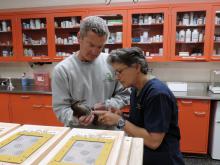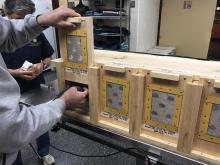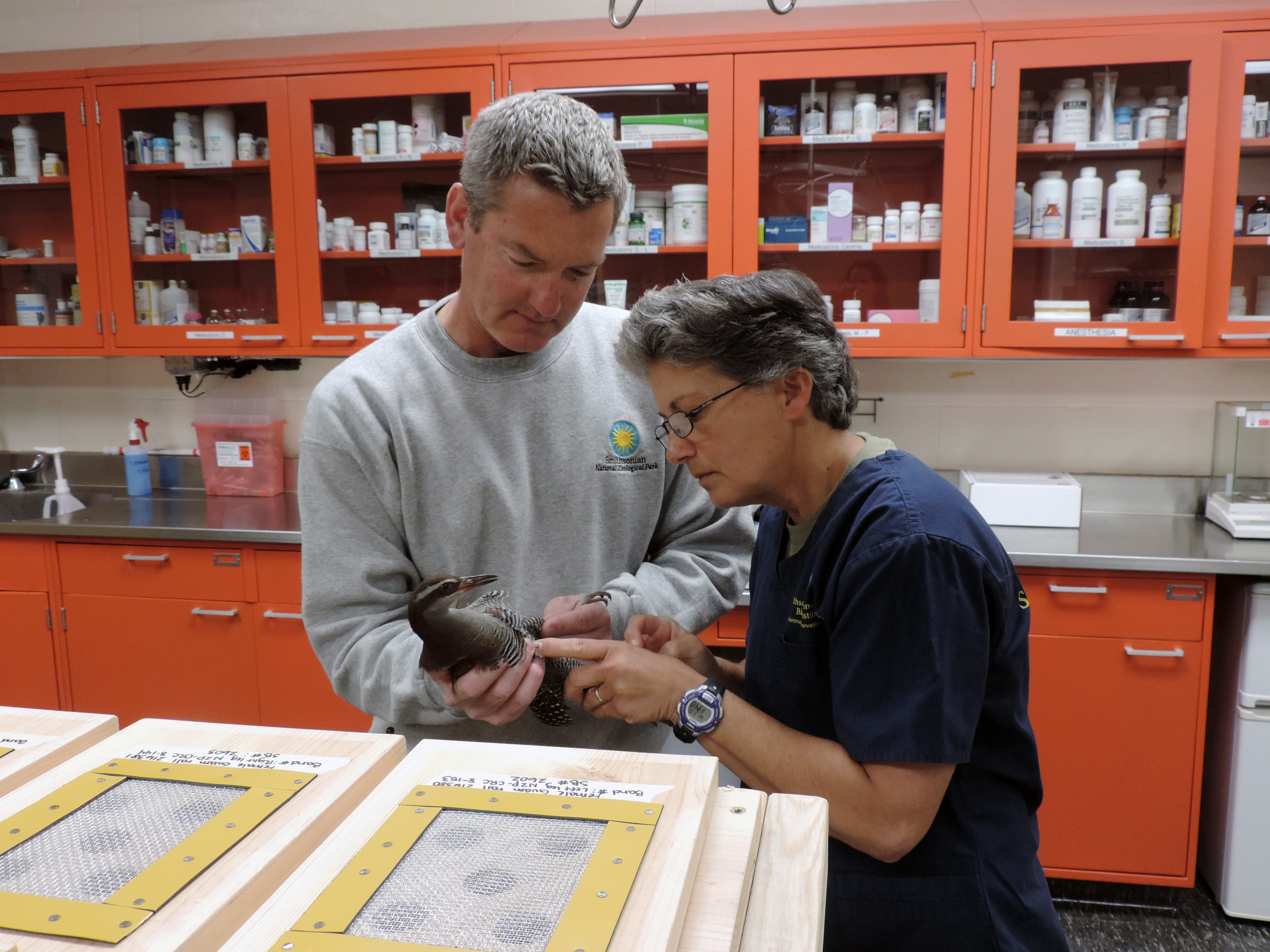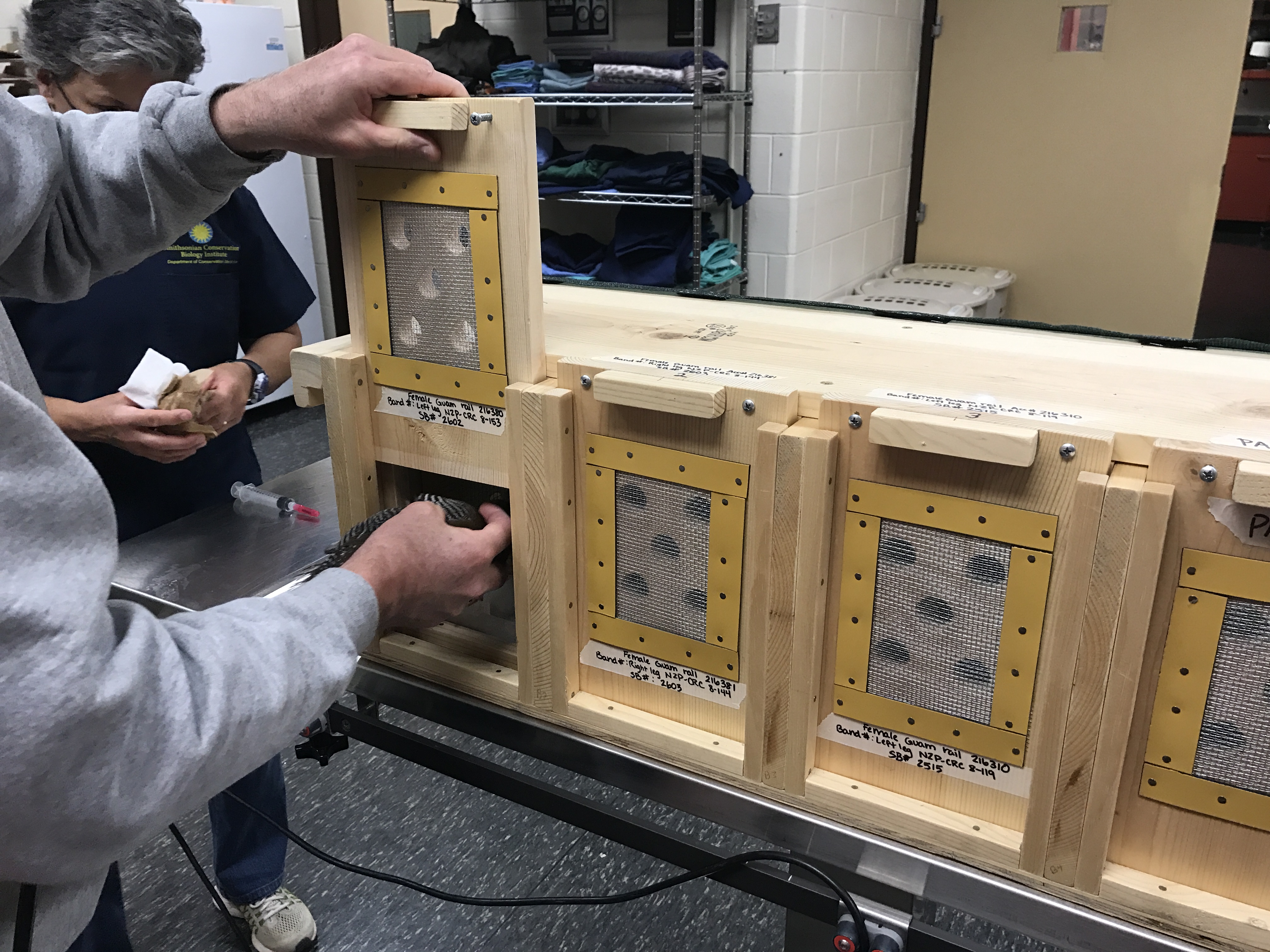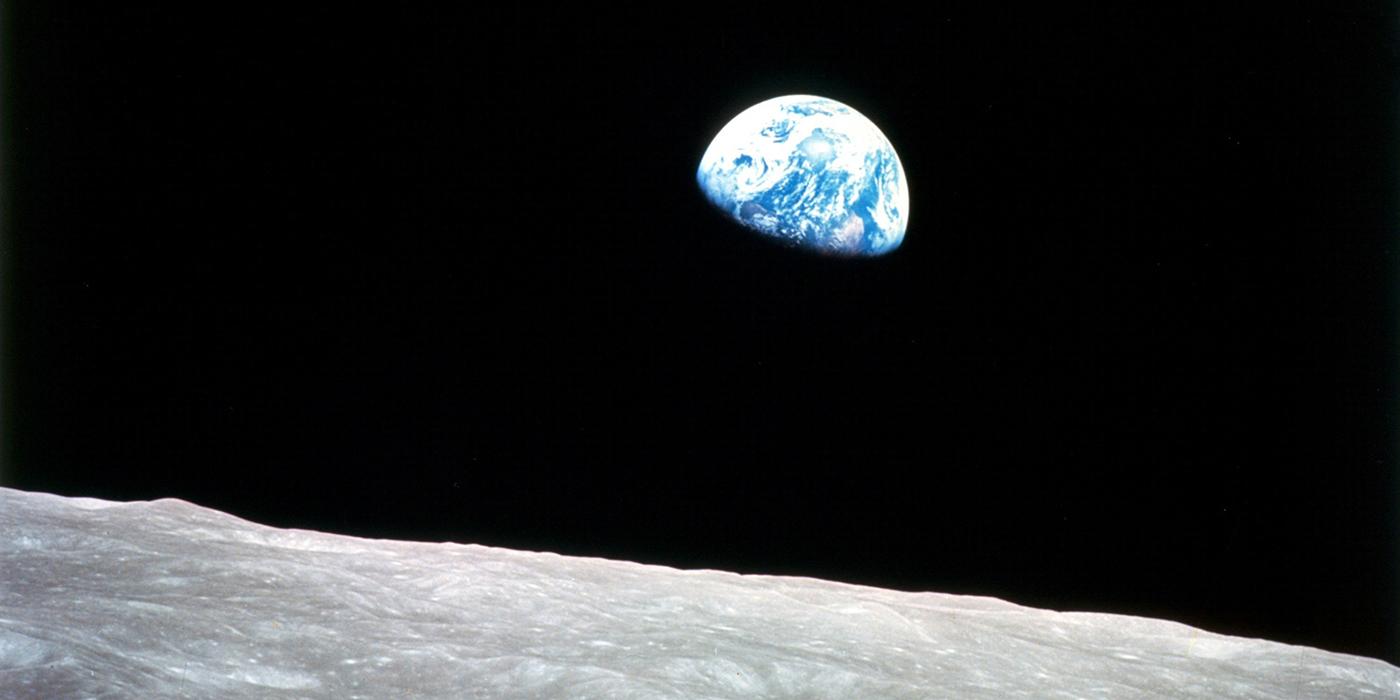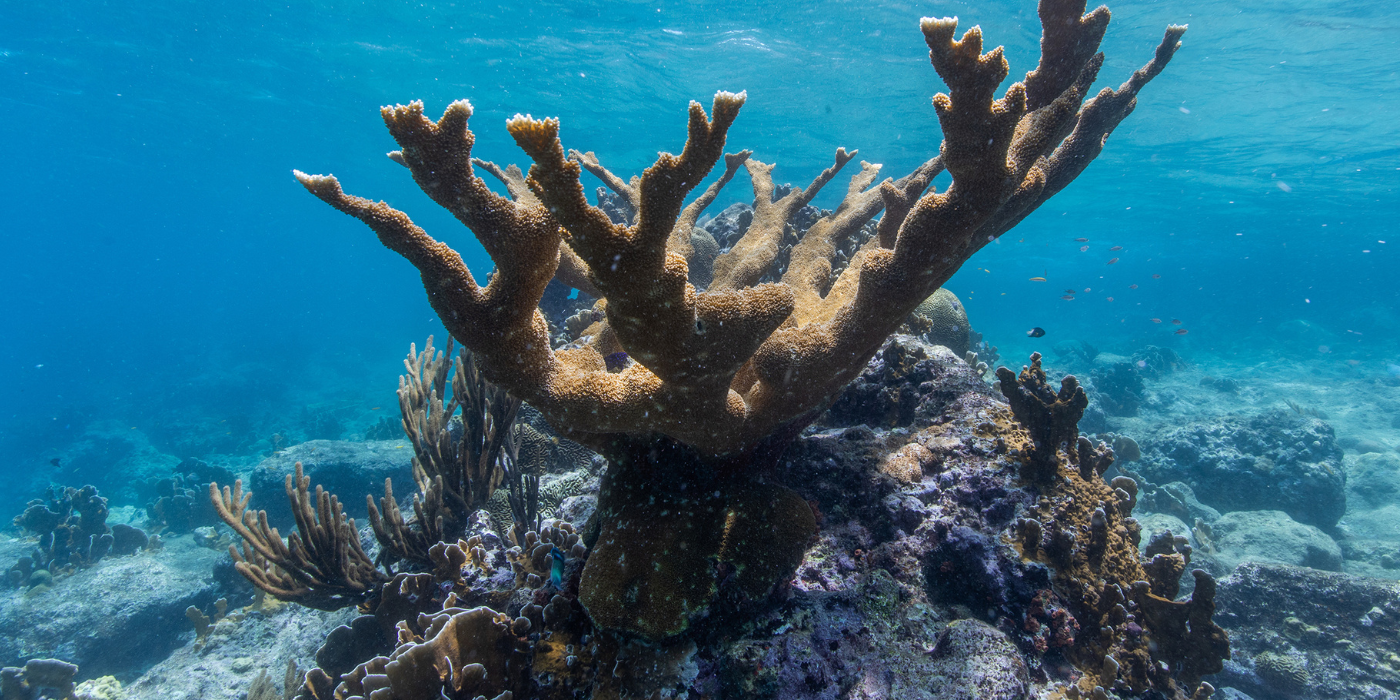Smithsonian Returns Birds to the Wild
After a ten-year hiatus, the Smithsonian Conservation Biology Institute (SCBI) repatriated three female Guam rails to their native Guam. The birds, referred to as ko’ko’ locally, departed Virginia on Sunday, March 19 and arrived in Guam early March 21. The birds underwent a quarantine period at SCBI to ensure that they were healthy and free of disease before the transfer. The invasive brown tree snake drove the species to extinction in the wild and still remains a challenging predator. Consequently the birds will be released by Guam’s Division of Wildlife Resources in Rota or Cocos Island later this spring where brown tree snakes are not a threat. Guam rails are still considered extinct in the wild by International Union Conservation of Nature as the populations currently found in the wild on Rota and Cocos are not yet self-sustainable. According to the Guam rail Species Survival Plan, there are only 154 Guam rails in human care. All Guam rail offspring hatched at SCBI are slated for repatriation and release in Guam.
# # #
Photo Credit: Erica Royer, Smithsonian’s National Zoo and Conservation Biology Institute
Image Gallery
